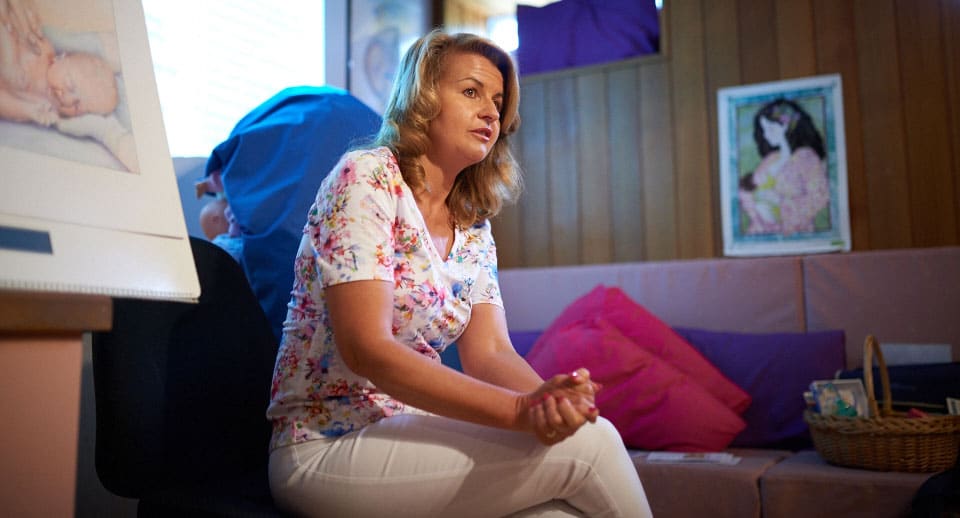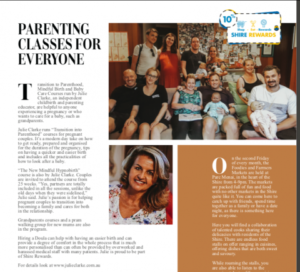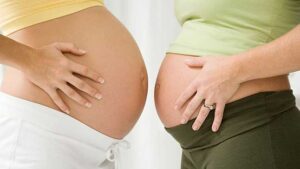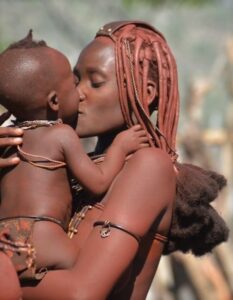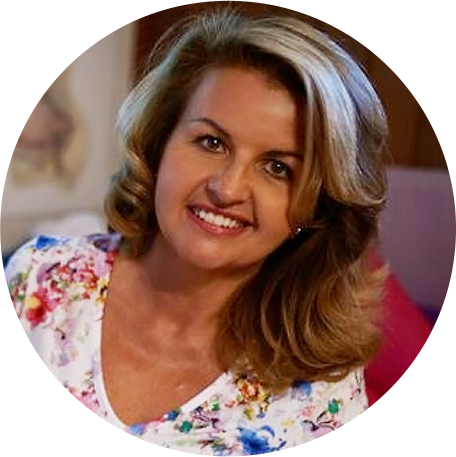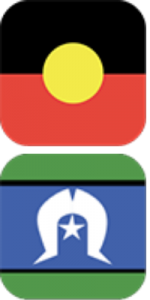Welcome to my very first ever blog, I am so excited to be sharing my knowledge with you, the reader, and keeping my posts fun at the same time.
My name is Julie Clarke, I have trained as a childbirth educator and doula, and for over 20 years have been teaching natural active birth courses from my home in Sylvania, Sydney, Australia.
Amongst birthing health professional circles I am affectionately referred to as “The Beacon in the South of Sydney for Natural Birth”…
Is there anything you’d like me to write about in particular to do with pregnancy, labor, birthing, baby care, breastfeeding, family bonding, relationship with the new Dad?
Let me know if there is because I would really like to respond to whatever it is that visitors would like to read about.
I can’t wait to read your responses to my posts and I hope we develop a great friendship along the way.
I’ll look forward to getting to know you!
Did you discover, when you commenced reading the internet and books on pregnancy and birth, a whole language of new words and terms that you hadn’t come across before?
Suddenly there seems to be so much to learn to enable the woman to fully understand what is happening within her body and what is yet to occur.
Many women and their partners are surprised and delighted when they find out they are pregnant and then depending on the stories they hear and the books and articles they read they might become anxious.
It is so important to know it does not have to be like that!
An inspirational childbirth educator will be able to explain the terms, in an interesting way which will fascinate you, showing you life-like models and examples.
She will be able to answer your questions and clarify aspects which otherwise might have been confusing.
In a good supportive educational atmosphere the information received from a childbirth educator will automatically reduce fear and increase confidence.
Oh and hey it should be a fun presentation too!
Terms and their meaning:
The Uterus: also known as the womb, is the thick powerful ball like shaped muscle deep inside the pelvis where the fertilized egg implants in the lining of the uterus and then grows as a fetus being nourished by the placenta, (I think the word UTERUS would make a great number plate for my car LOL perfect for a childbirth educator don’t you think?)
Contractions: refers to the action of the uterus during labor to thin out and draw open the cervix and then push the baby along the vaginal birth canal to be born, (a birth educator can explain good safe natural ways to reduce the pain of contractions – it’s true)
Cervix: in a mother having her first baby is the long firm thick closed neck of the womb/uterus, for a mother having a second and subsequent baby her cervix will be a little thinner and softer, an ‘unripe’ cervix feels like the tip of your nose… a ‘ripe’ cervix feels like soft relaxed lips found underneath your nose
Amniotic Sac: is the “bag of waters” or membranous sac which has two thin strong layers similarly to glad wrap; stretchy and strong, which surrounds the baby in slippery clear fluid to protect and cushion the baby as it floats comfortably, gently cradled within,
Placenta: provides the baby with nutrients and oxygen during the pregnancy and is connected to the baby by the umbilical cord, the soft, slippery placenta also known as the afterbirth and is born after the baby. In Germany the common language for the placenta is “mother cake”. In some cultures it is important to respect the work the placenta has already carried out of successfully nourishing the baby throughout the pregnancy by burying it in a hole and planting a shrub or tree over it as a symbol of life and growth. The tree is referred to then as the child’s tree.
Umbilical cord: this thick strong curly cord connects the baby to the placenta, it contains three blood vessels; two arteries and a vein which are contained in a thick jelly called Wharton’s jelly which protects the blood vessels if compressed. The cord is almost a meter long at full term and thicker than a telephone cord. The process of delayed cord clamping would be explained in a good thorough childbirth education course.
Embryo: is the term used to describe the growing baby in the uterus during the first trimester or the first three months of the pregnancy. Watching the growth and development of the embryo on a DVD documentary showing it by time-lapse photography is awesome. Your childbirth educator may have such DVD’s to show you.
Fetus: is the term used to describe the growing baby from twelve weeks through to full term pregnancy,
Newborn: is a baby from birth to three months.
What other amazing things did you learn or experience or discover during the first three months of pregnancy?
What surprised you?
